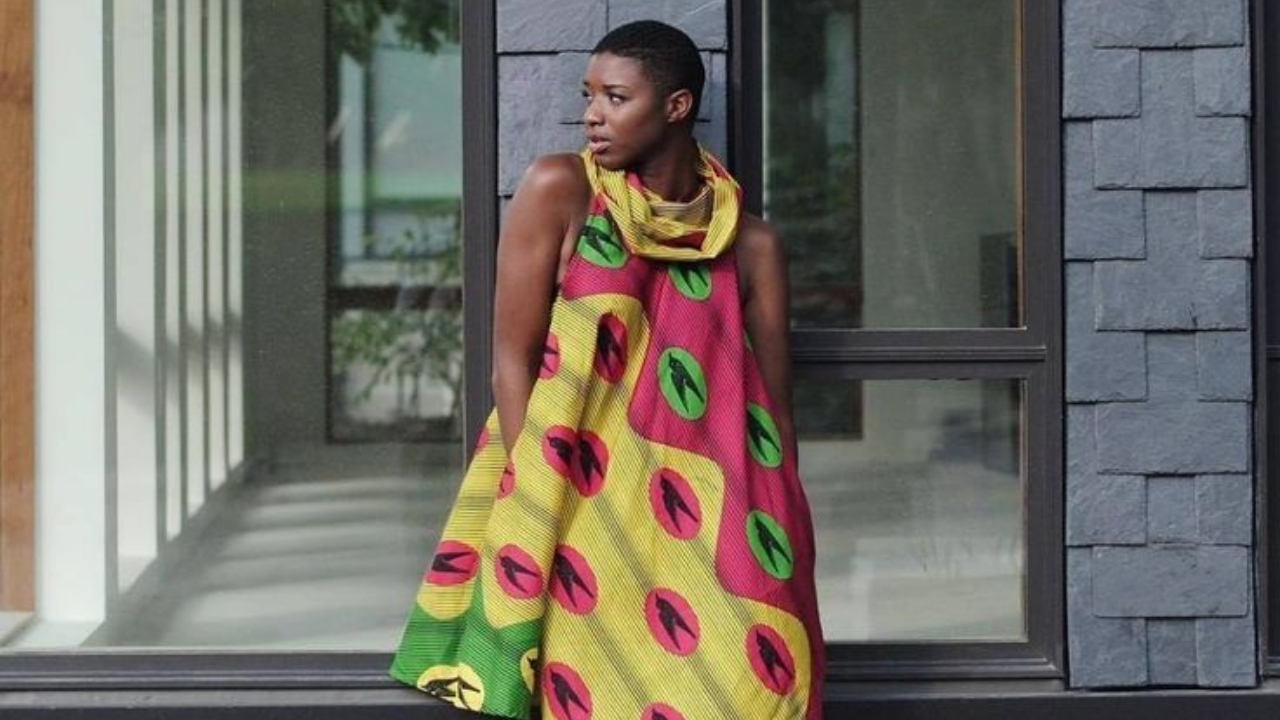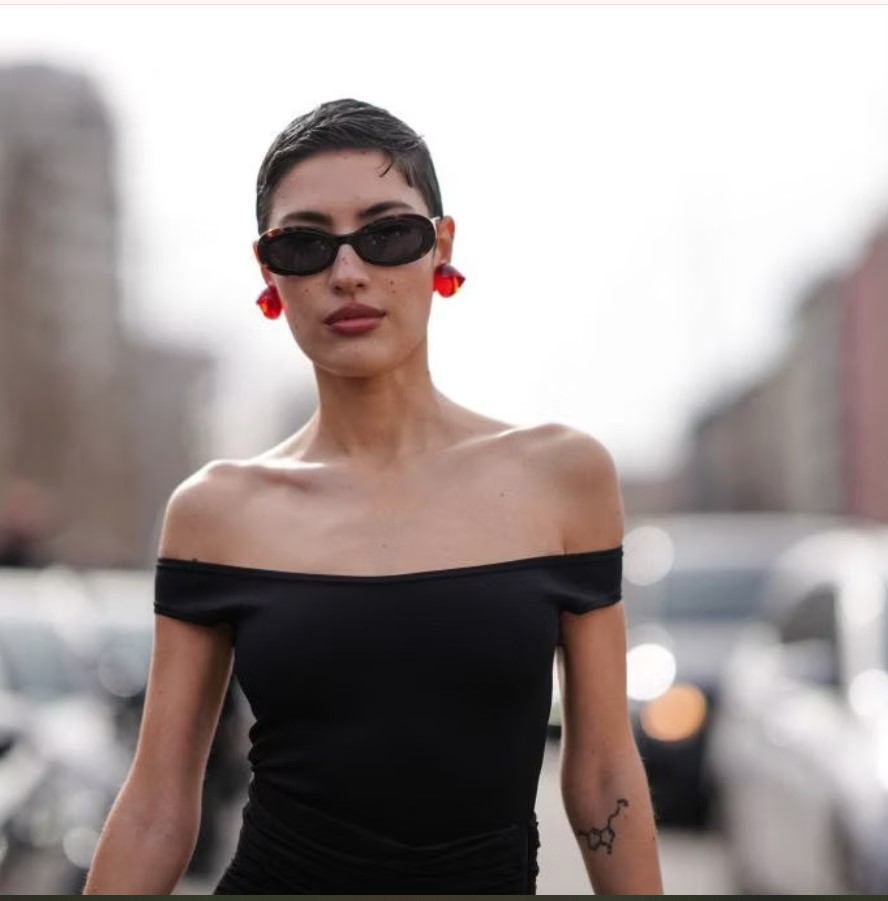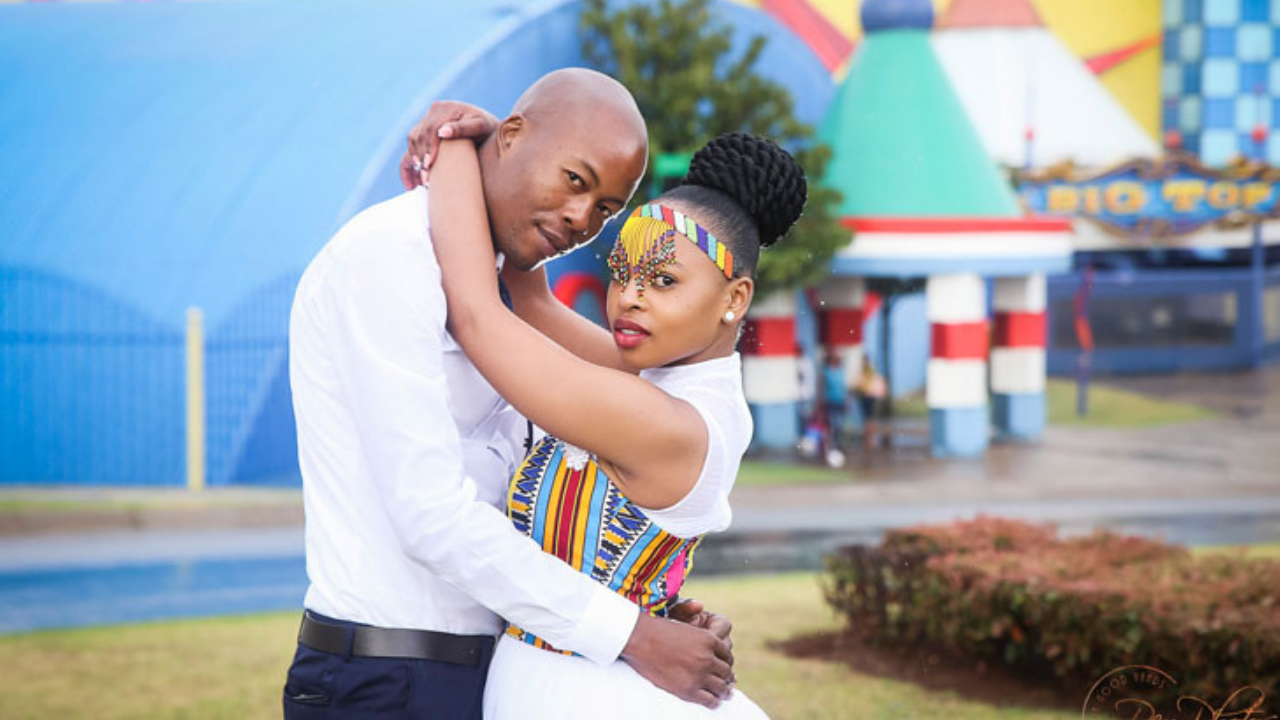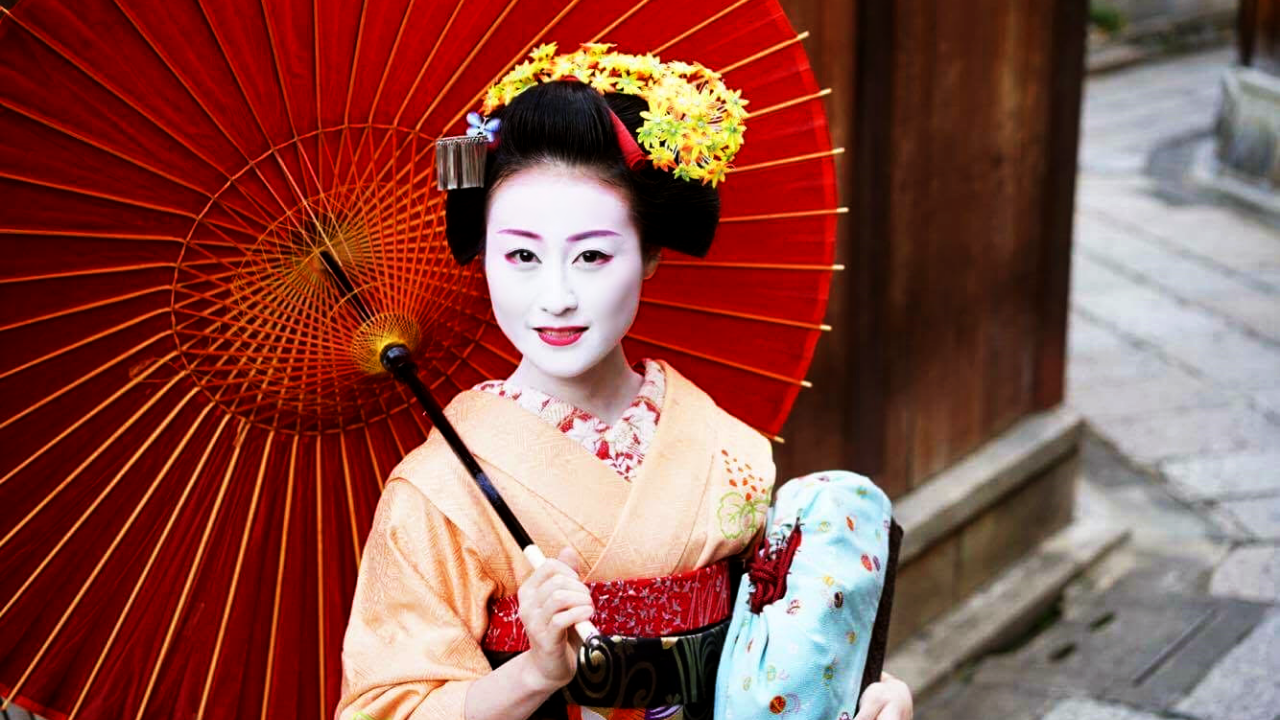Few fabrics speak as confidently as Shweshwe. Its patterns are deliberate, its texture unmistakable, and when rendered in royal blue, it becomes more than just cloth, it becomes a statement. Across southern Africa, Shweshwe has held a cultural and sartorial weight that defies passing trends. But what is it about the royal blue version of this textile that seems to command attention wherever it appears?
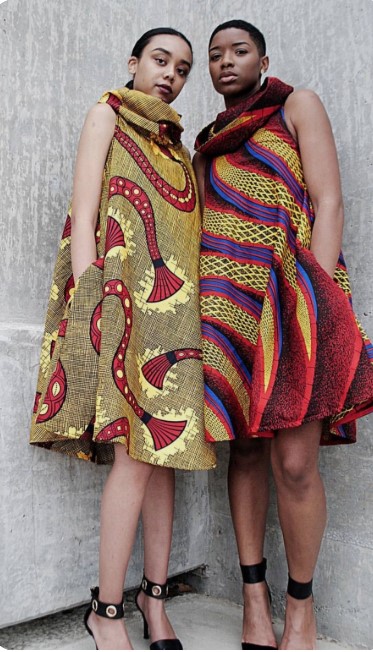
A Fabric with History Woven In
It’s a history book in cotton. Its roots stretch back to the 19th century, when indigo-dyed cloth was introduced to southern Africa through trade. Over time, it became deeply intertwined with Xhosa, Sotho, and Tswana traditions.
What’s striking is how the material has kept its identity intact. Even as fashion cycles turned over and over, Shweshwe remained tied to rites of passage, weddings, and ceremonial attire. It’s not a fabric you casually overlook, it insists you acknowledge its place in culture.
Royal blue, in particular, carries symbolic weight. Indigo historically represented depth, dignity, and permanence. By extension, the bold blue prints of Shweshwe became a marker of tradition meeting resilience, a wearable anchor to heritage.
Why Blue Takes Center Stage
You could argue that Shweshwe in browns, greens, or reds carries its own charm, and you’d be right. But royal blue does something unique: it demands presence.
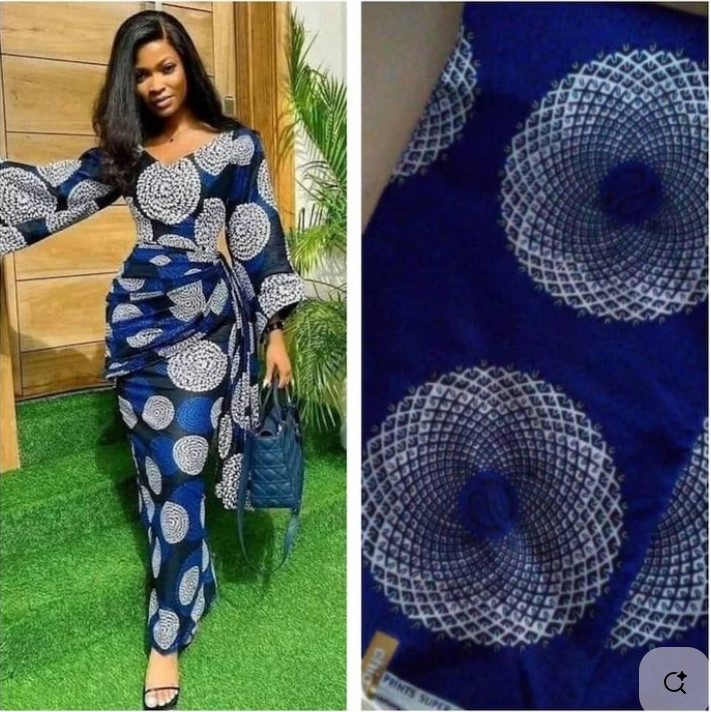
- Visibility: Blue naturally pops in both daylight and artificial light. At community gatherings or weddings, a group dressed in coordinated royal blue Shweshwe instantly commands the eye.
- Symbolism: In many African traditions, blue is associated with the spiritual world, protection, and peace. It creates a visual shorthand that resonates beyond fashion.
- Modern Adaptability: Designers find that blue pairs effortlessly with contemporary tailoring, whether in structured blazers, flowing skirts, or even streetwear jackets.
In essence, blue is where the heritage fabric bridges tradition with modernity without losing integrity.
Prints that Speak Without Words
One reason Shweshwe holds its ground against mass-produced prints is its complexity. These are not vague floral imitations or abstract doodles; they are sharp, mathematical motifs, dots, geometric borders, spirals that create rhythm across the fabric.
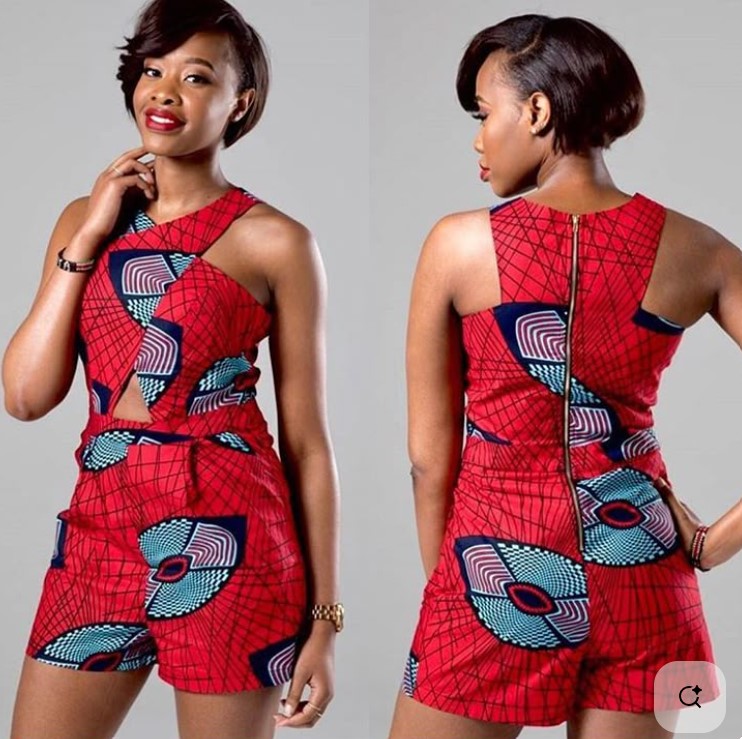
When done in royal blue, the patterns achieve a rare balance: eye-catching without being chaotic. They mirror the balance of community life, order, and energy, tradition, and creativity. A well-chosen Shweshwe pattern doesn’t just decorate a garment; it tells people who you are and what you carry forward.
From Tradition to the Runway
In recent decades, Shweshwe has escaped the confines of being "traditional wear." South African designers such as Ntozinhle Nkosi and Thabo Makhetha have turned to Shweshwe not as a nostalgic nod, but as a material equal to silk or denim in terms of versatility.
- Runway Appeal: Bold blue Shweshwe gowns and suits have appeared in Johannesburg and Paris, drawing international eyes.
- Streetwear Fusion: Young designers now stitch Shweshwe panels into bomber jackets, sneakers, and even backpacks. The royal blue ensures these pieces never fade into background noise.
- Diaspora Pride: For South Africans abroad, wearing Shweshwe, especially in blue, becomes an act of identity, a way to carry home with them in everyday life.
This transformation highlights something important: a fabric once tied strictly to ritual has adapted without losing its heartbeat.
Wearing It Boldly
The beauty of Shweshwe lies in its flexibility, but it rewards those who wear it with confidence. Some practical notes:
- Go All In: A full-length royal blue Shweshwe dress or three-piece suit makes the strongest impression. It’s not a fabric that loves being “hidden.”
- Contrast Wisely: Pairing royal blue with white, silver, or mustard yellow accessories creates a sharp modern finish without overshadowing the print.
- Respect the Roots: While designers experiment freely, it’s worth remembering the cultural roots of Shweshwe. Wearing it is not just fashion, it’s stepping into a tradition that deserves respect.
More Than Just Fashion
At the heart of Shweshwe’s royal blue dominance is this: it is more than a trend. Fast fashion can mimic its patterns, but it cannot replicate the way communities respond to it. Weddings light up when guests appear in coordinated Shweshwe. Grandmothers still pass down garments made decades ago. Designers continue to find fresh ways to present it on global platforms.
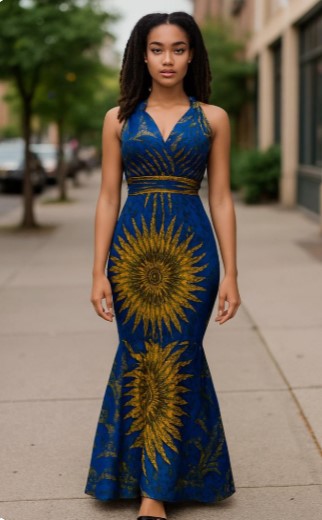
To wear Shweshwe, especially in its commanding royal blue, is to be seen, yes. But it is also to see yourself, rooted in something larger than you, standing in bold color against the noise of the world.
Final Thoughts
Shweshwe prints in royal blue are not just stylish, they are living heritage, cultural conversation pieces, and symbols of resilience. They carry the past into the present without compromise. And perhaps that’s why they command attention: not because they are louder than other fabrics, but because they remind us of the strength in standing boldly as ourselves.
Post Comment
Be the first to post comment!
